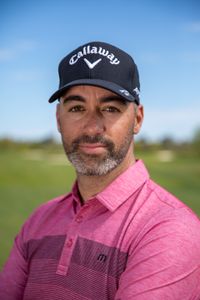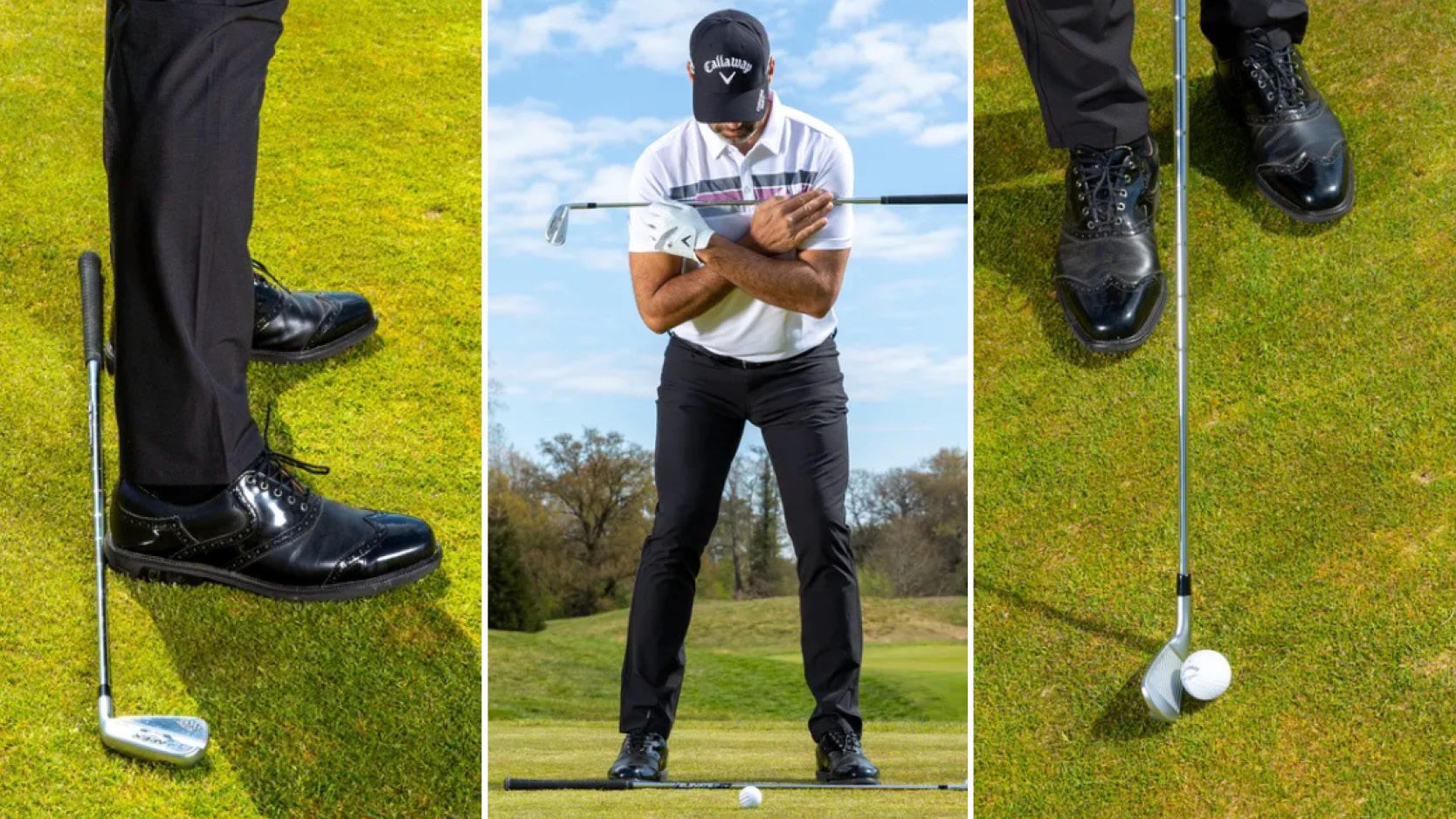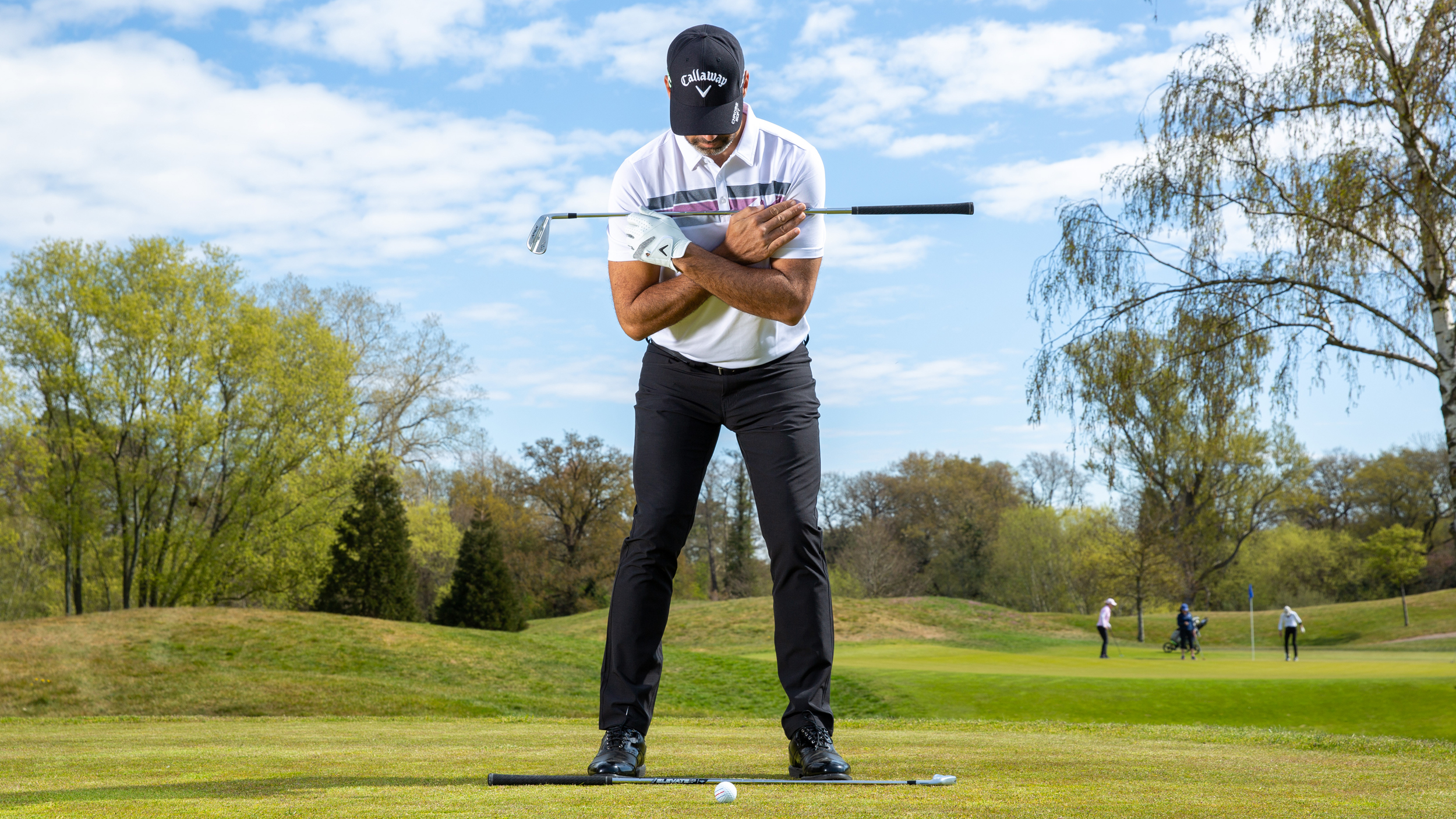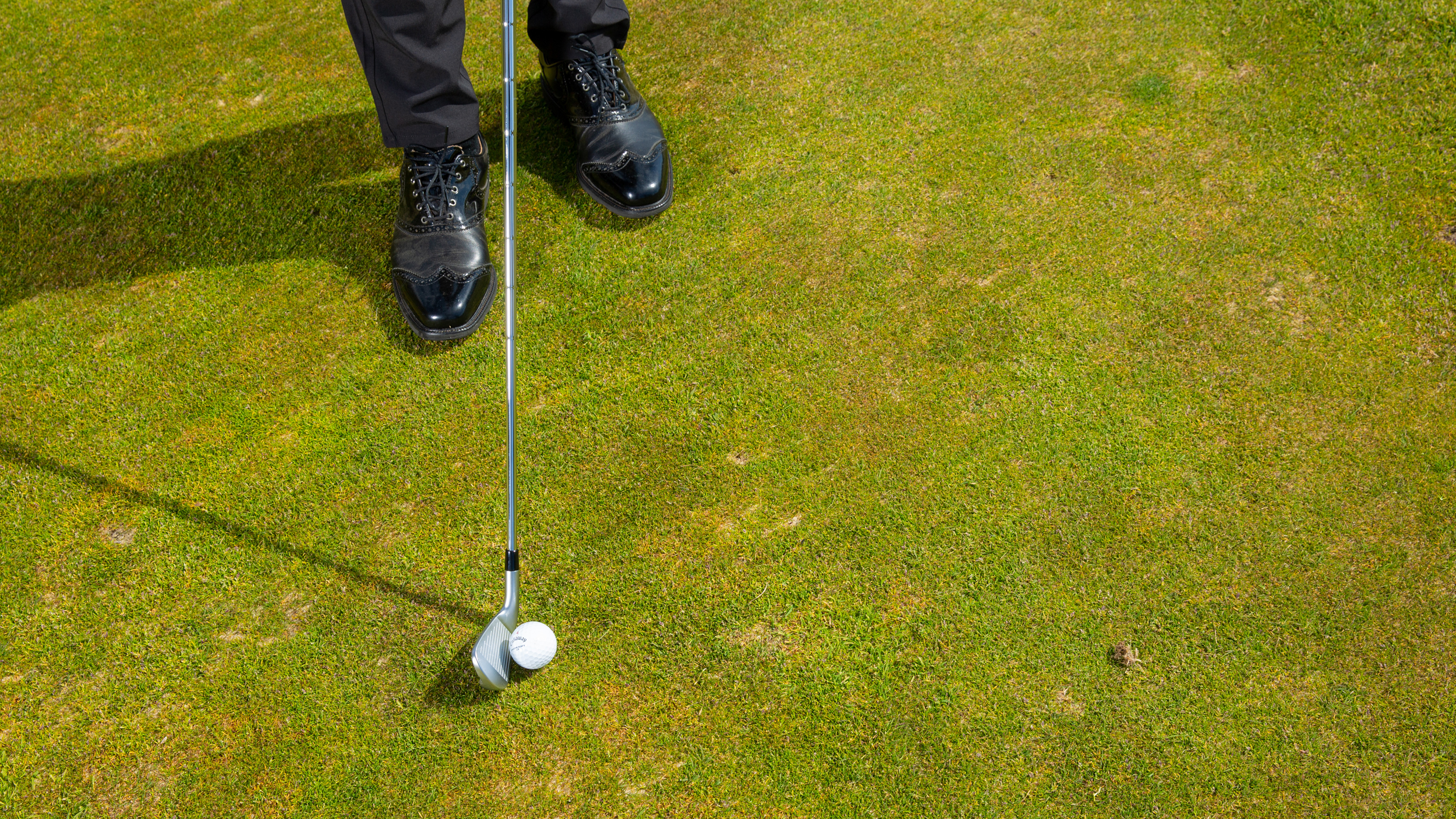How To Aim In Golf
Understanding how to aim in golf is crucial, and one of the most important fundamentals in the game. Our expert takes you through all you need to know...


It may seem fairly obvious to say that understanding how to aim in golf is crucial, but many of the best golf tips highlight the importance of this fundamental aspect. After all, one of the key principles of the game is hitting target areas, with some of the best players in the world also being the most accurate.
Aiming in golf is right up there with ensuring you have the perfect golf grip or that your are using the correct ball position for every club, so how do you practice this key area of the golf swing?
In this article, Golf Monthly Top 50 Coach Zane Scotland shares his top tips to nail your alignment, find more fairways and attack more pins...
How To Aim In Golf: Swing Path
Alignment is an area that is really easy to let slip, and allow bad habits to creep in. Poor alignment will affect your swing, bringing into play pull shots, hook shots and all manner of other unwanted outcomes.
Aiming left can cause you to cut across the golf ball, while aiming right can cause you to push it depending on how the clubface moves through the ball at impact. Much of the ball flight is determined by your swing path, so make sure you check this next time you head to the range.

You can do this by lining up at a target, then put a shaft or alignment stick down on your heel line. If you lay it down on your toe line, it can be distorted by turning your feet out, as some people like to do. Then step behind and see where it is aiming.
Your foot line should be parallel to your target line, like a train track, so it should be aiming very slightly left of your target (for a right-hander) if you’ve aligned correctly at address.
Subscribe to the Golf Monthly newsletter to stay up to date with all the latest tour news, equipment news, reviews, head-to-heads and buyer’s guides from our team of experienced experts.
If your alignment isn’t right then stand in again and make adjustments, checking each time, so you start to calibrate yourself to what square to target actually looks and feels like. Jack Nicklaus used to do this after every round.
Don't Forget Your Shoulders

Even when your feet are correctly aligned, your shoulders can sometimes not be. You want your feet and shoulders to be parallel at address. It’s easy to make sure they match by holding a club shaft across your shoulder line. This is also good for making sure your shoulders are parallel to the ground for iron shots, and your lead shoulder is slightly higher for driver, a crucial factor in how to hit a driver.
Use Spot Alignment

Aiming at target along way away can be tricky as you set you club down behind the ball. Instead, in your mind's eye, draw a line back from your target to your ball and pick a spot a foot or two in front of the ball, on that line, that you want to start it over to help you align correctly.
This can be a bit of darker grass, a divot, a twig or anything. Then build a golf pre-shot routine where you put the clubhead in behind the ball first, aiming over that spot, and you set up and take your posture around the clubface, rather than standing in and putting the club behind the ball.
Where Do You Aim When Hitting A Golf Ball?
It’s really important that you aim exactly where you want to at address, but it’s worth noting that you might not always want to align straight at where you want the ball to finish, such as the flag or the middle of the fairway. You need to take your natural shot shape into account, so aim left to allow for a fade or right to allow for a draw if you’re a right-hander, and the reverse for lefties.

Location: The Leatherhead Club
Zane has been coaching for six years after a playing career that saw him feature in two Opens. He has worked with and been inspired by the likes of David Leadbetter, Claude Harmon, Pete Cowen, Mac O'Grady and Robert Rock and he has coached a huge number of male and female tour pros in recent years.
Most common impact fault:
Not enough compression There are many ways of correcting it, hitting full speed shots and putting the brakes on post impact is one of the main ones.
A typical lesson:
Start with a conversation with some analysis and then working on which fundamental to tackle and improve - contact, power, curvature. Then help the player understand and gain clarity on the improvements that can be made and map out how we are going to tackle them. Then will demo improvements and, if needed, move through different drills and feels to get the best ones for the player. After a time of learning the new improved feels and moves we will do some performance drills as to see how much or how little the player can use straightaway and what is more long-term work that may take some time to show up in performance. We will close the session by agreeing on a practice/training plan going forward and then I will make a video with the client watching so they have that 3-5 minute video for reference when they go to practise/play on their own.
Students learn best when…
When they are open and are comfortable enough within the environment to fail. Helping them understand that when we are together working on their game that they are in a place where they are allowed to fail they are able to learn at a better rate.